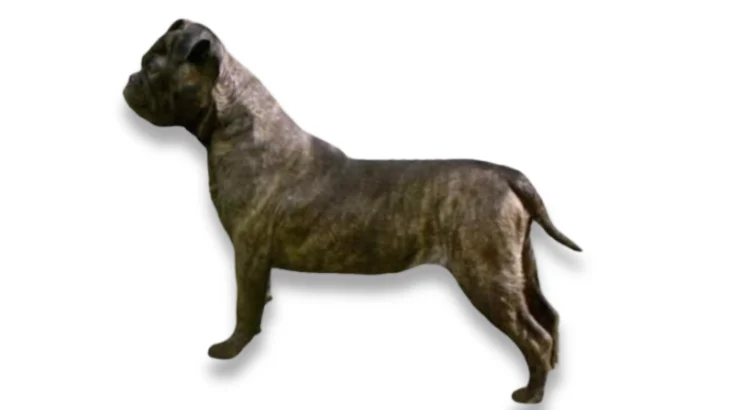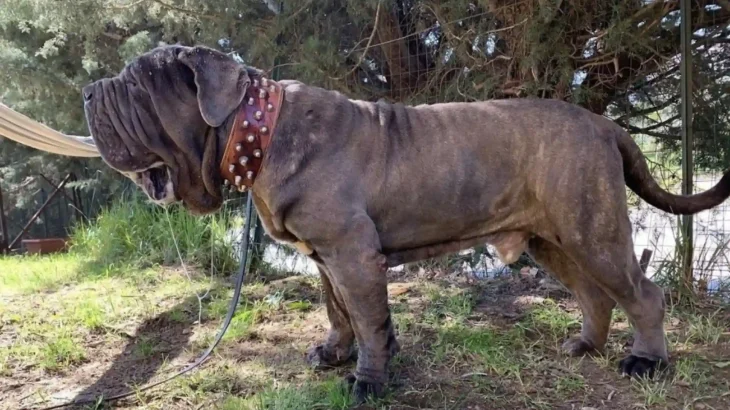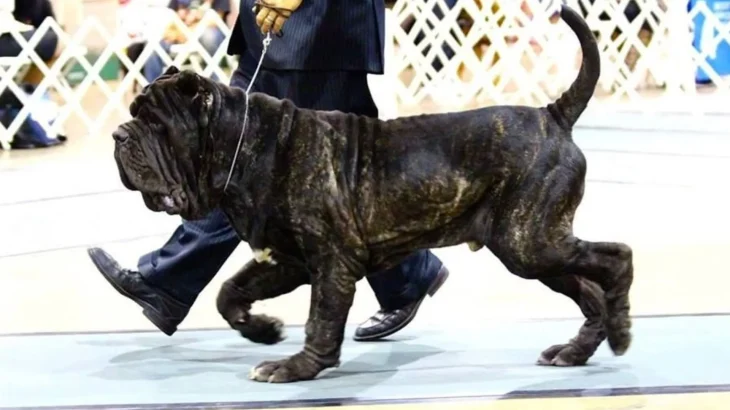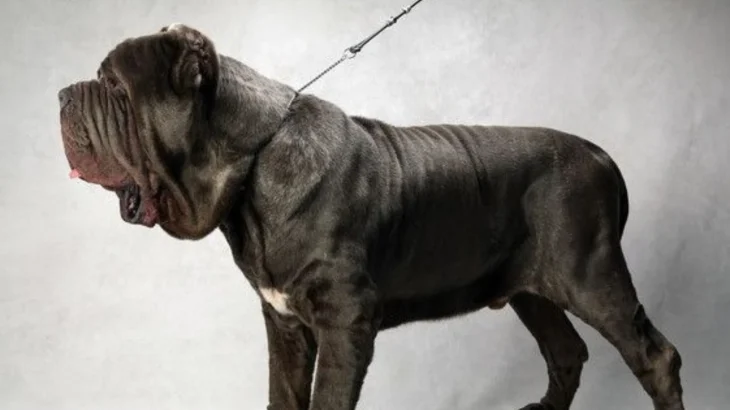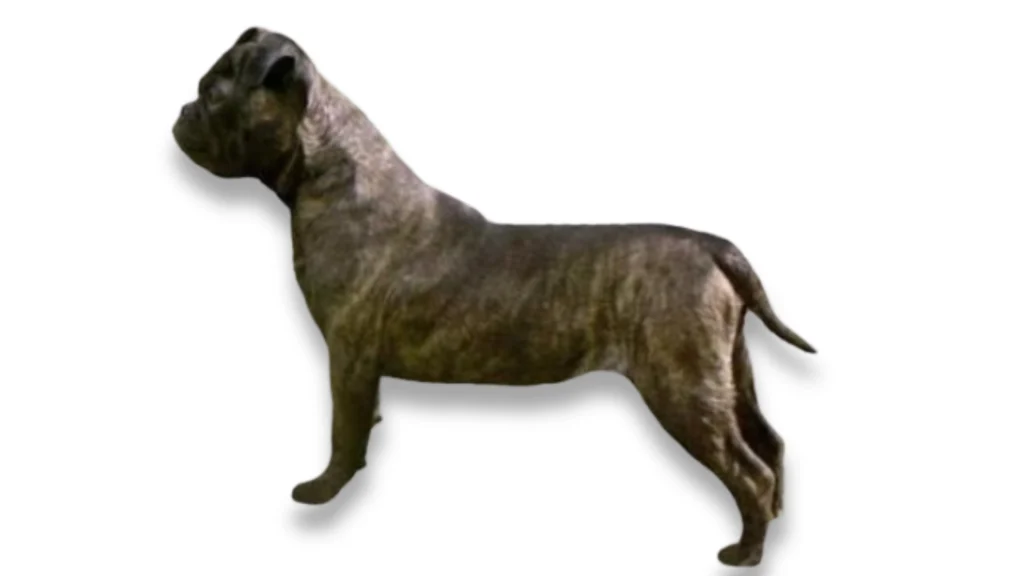When deciding how to welcome a Bonsai Bulldogge into your home, the choice between adopting and purchasing is important. Buying from a breeder usually means access to detailed health and pedigree information, while adoption offers a chance to provide a loving home to a dog who might otherwise be overlooked. Both choices have unique benefits depending on your priorities and lifestyle.
| Criteria | Buying from Breeder | Adopting from Shelter/Rescue |
|---|---|---|
| Cost | Typically higher, often several hundred to a few thousand dollars due to breed rarity and pedigree. | Generally lower, with modest adoption fees covering basic veterinary care. |
| Health History | Detailed health and genetic screening provided by reputable breeders. | Health history may be limited or unknown; many rescues perform health checks and updates. |
| Age Availability | Mostly puppies available for early socialization and training. | Wider age range, including adults, for those open to mature dogs. |
| Temperament Insight | Breeders often provide information on lineage temperament and early behavior. | Shelter staff can share observed behaviors but may lack long-term background. |
| Supporting Practices | Supports breeding programs and breed preservation with ethical breeders. | Supports animal welfare by reducing shelter populations and saving dogs in need. |
| Ethical Considerations | Important to avoid puppy mills; responsible breeders prioritize dog well-being. | Adoption reduces demand for commercial breeding and encourages rescue culture. |

